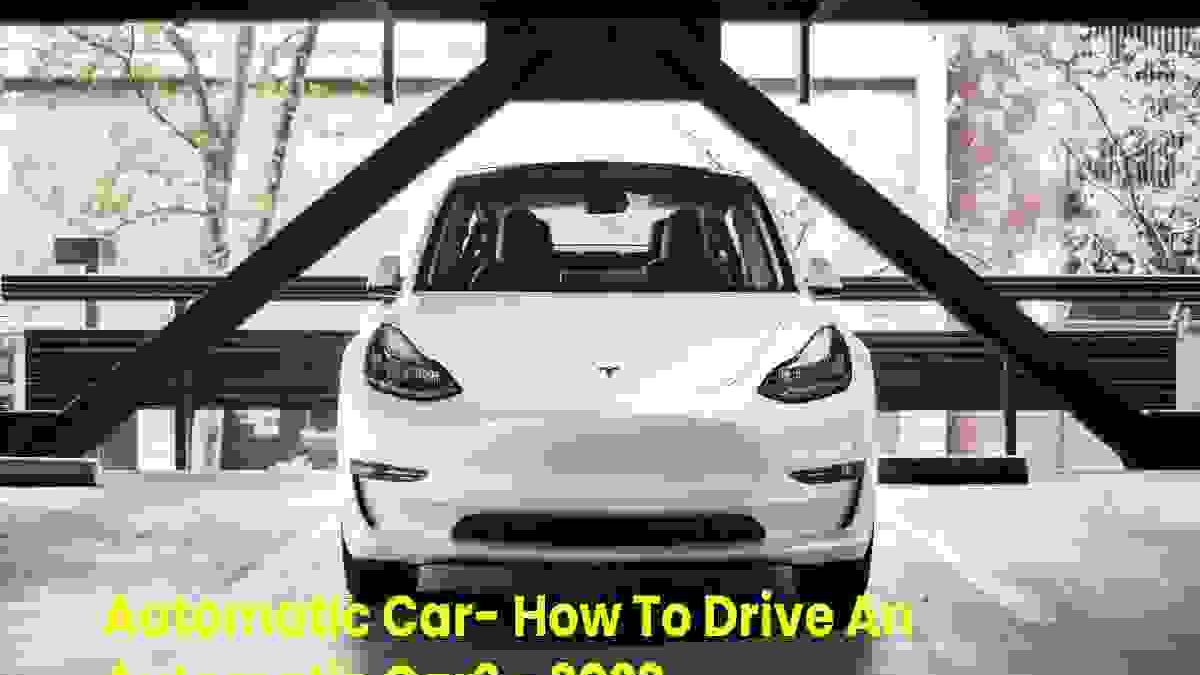Automatic Car Driving an automatic car is not difficult, but it is quite different from operating a manual. If you don’t know how to do it, we tell you everything you need to know so that the experience is as simple as possible and you benefit from the comfort and safety they provide.
The transformation between an automatic car and a manual car is in the transmission; it is a mechanical difference. But this influences your handling or your driving. So much so that there is an automatic car license. They are increasingly successful in sales and that is. Among other things, due to their remarkable evolution over the years. They are becoming more precise, faster, and fun to drive.
Automatic cars usually have a more expensive sale price, but the truth is that they provide extra safety and comfort, for which many drivers accept the additional cost. However, you may doubt whether or not to buy an automatic car, and you have never ‘faced’ one. Do you know how to drive an automatic car? It is not difficult.
Table of Contents
How To Drive An Automatic Car?
Concluded not having to take care of the gear change, we do not have to let go of the right hand from the steering wheel at any time because we will not have to take it to the gear lever unless we want to use the sequential. In general, therefore. The right hand will always remain on the steering wheel and, if we have paddles, without letting go of the steering wheel. We can operate them with our fingers
The other key point is that there is no clutch; or rather, there is no clutch pedal. That means that the left foot can always be resting on the side, while the right foot will be the one we will constantly use for the two pedals: accelerator and brake. And as in a manual car, we should do it by resting the heel on the base and rotating it to step on the accelerator or brake as appropriate.
Like in a manual car. Sit down properly. What does this mean? That you correctly regulate the position of the seat and that of the steering wheel in such a way that the arms and legs are slightly bent, not wholly stretched. To avoid fatigue and allow movement in all circumstances. We have to always get behind the wheel, and the shoulders have to rest correctly on the backrest.
You Must Check The Gear Lever To Know The Positions It Has, Which Are Usually Four:
- Parking (P) – Parking.
- Neutral (N) – Neutral.
- Drive (D) – Forward position.
- Reverse ( D) – Reverse.
How Is The Gear Lever Used In An Automatic Car?
When you get in, the car will be in position P for Parking, which is what keeps it out of gear and stopped. You should release the parking brake, like in a manual, after you’ve started. And then you’ll hit the brakes to use the gear lever and engage D unless you’re going to reverse, and then you’ll use
Automatic cars usually ‘take off without stepping on the accelerator. That’s why the P keeps it standing for safety. It occurs in both Drive and Reverse positions, both when we are going to move forward and when we do it backward. However, there may be other positions such as S, for Sport, or W, for Winter, for all types of slippery surfaces.
You should know that it can only change from P to D or D to R made stationary and with the brake pedal pressed. The above are the only differences compared to a manual car, and we will not have to change gear.
How Can I Change Gears In A Car With Automatic Transmission?
We can change gears ‘ semi -automatically’ with the lever or paddles in most automatic cars. In the case of the lever, as a general rules, we will have to move it to one side. Being in the D or Drive position. We will move it forward or backward to engage a higher or lower speed. Without stepping on the clutch, brake, or releasing the accelerator.
We can activate the semi-automatic change from the lever, then use the paddles, or activate it by starting to use them directly. However, if we do it paddles. The fully automatic gearbox system will reconnect after a while of inactivity in almost any intuitive.

